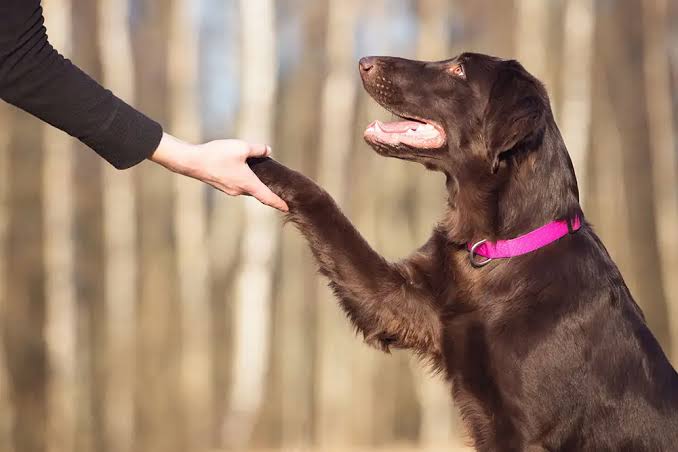Table of Contents:
- Positive Reinforcement: The Foundation of Modern Training
- Understanding Canine Body Language
- The Role of Consistency and Patience
- Avoiding Aversive Training Methods
- Incorporating Technology in Training
- The Importance of Socialization
- Seeking Professional Guidance
- Conclusion
Training your dog is about so much more than simply teaching a set of commands—it’s about shaping a content, balanced companion who can thrive in every aspect of daily life. For urban pet owners, such as those searching for a dog groomer Minneapolis residents trust, the value of a holistic approach to well-being is clear. Integrating professional grooming with structured training routines does more than keep your dog looking good—it lays the groundwork for positive behavior, reduces stress, and nurtures your special bond. A well-trained dog is confident and happy, making outings and home life more enjoyable.
Embracing modern, science-backed techniques can dramatically improve not only how your dog responds to commands but also how it feels about the learning experience itself. With patience, consistent application, and a keen sense of empathy, pet owners discover that training is a journey. With the right methods and mindset, it’s a process that creates a harmonious relationship, where your canine wants to please you, feels secure, and faces the world with curiosity and joy.
Positive Reinforcement: The Foundation of Modern Training
Positive reinforcement is a humane and effective method for dog training. It focuses on rewarding desired behaviors like treats or praise. This approach fosters trust and strengthens the dog-human relationship. Unlike punitive techniques, it doesn’t involve intimidation or physical correction. Start with simple commands and gradually increase difficulty, customizing rewards for each scenario. Over time, dogs gain confidence and become eager participants in training sessions.
Understanding Canine Body Language
Dogs communicate their feelings and needs through body language, which can be used in training and everyday life. Observing these cues helps gauge a dog’s coping with the environment or training routine. Displaying empathy and respect for a dog’s feelings can reassure them of their needs and encourage engagement, making the process more positive for both parties.
The Role of Consistency and Patience
Consistency in commands, timing, and rewards is crucial for successful dog training. Avoid confusion by using the same cue word for “down” and ensuring everyone uses the same language. Patience is essential, as not all dogs learn at the same speed. Celebrate incremental progress and redirect mistakes without scolding. Keep training sessions brief and upbeat, with short bursts to maintain focus and motivation.
Avoiding Aversive Training Methods
Research suggests avoiding harsh corrective techniques like physical punishment and shock collars for positive dog training. Instead, focus on rewarding and redirecting unwanted behavior, building a cooperative spirit and trust between dog and owner. This approach helps build a safe environment for training and emotional well-being.
Incorporating Technology in Training
Digital advancements in dog training provide valuable insights into a dog’s well-being. Devices like activity trackers and smart collars record exercise, behavior, and stress levels, helping owners refine methods and identify issues. Virtual reality environments, controlled soundtracks, interactive toys, and training apps help create a routine that adapts to a dog’s personality and lifestyle needs.
The Importance of Socialization
Socialization is crucial for a well-adjusted, confident dog. Start early, ideally during puppyhood, and expose your dog to new sights, sounds, and animals. Encourage a gentle, paced approach, including neighborhood walks, parks, and welcoming guests. Monitor your dog’s body language and reward bravery and curiosity, fostering a resilient, easygoing attitude.
Seeking Professional Guidance
Certified dog trainers or animal behaviorists can help overcome challenges and improve training skills. They use force-free, positive reinforcement methods and have strong references. Online classes and virtual consultations are also available, making education accessible to urban pet owners. These professionals can provide advice on daily care.
Conclusion
At its heart, safe and successful dog training is about compassion, knowledge, and empathy. Committing to positive reinforcement, reading canine body language, staying consistent, and leveraging modern technology ensures your dog learns in a supportive and rewarding environment. Diligent socialization and professional help cement your role as a trusted guardian, preparing your dog for a joyful, confident life. By embracing these principles, you’re not just training for obedience—you’re nurturing a truly happy companion, secure in themselves and their partnership with you, both at home and in the wider world.

